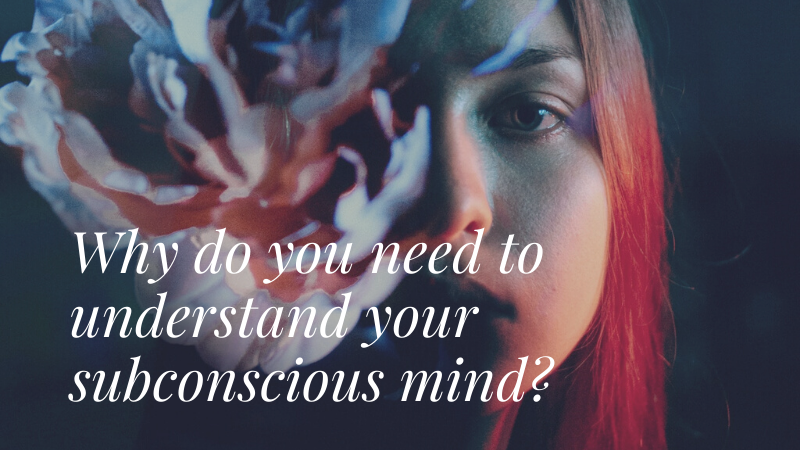Your brain is built to reinforce and regulate your life.
What do you need to know?
Your subconscious mind has something called a homeostatic impulse, which regulates functions like body temperature, heartbeat and breathing. Brian Tracy explained it like this: “Through your autonomic nervous system, your homeostatic impulse maintains a balance among the hundreds of chemicals in your billions of cells so that your entire physical machine functions in complete harmony most of the time.”
But what many people don’t realize is that just as your brain is built to regulate your physical self, as does it try to regulate your mental self. Your mind is constantly filtering and bringing to your attention information and stimuli that affirms your pre-existing beliefs (this is known in psychology as confirmation bias) as well as presenting you with repeated thoughts and impulses that mimic and mirror that which you’ve done in the past.
Your subconscious mind is the gatekeeper of your comfort zone.
It is also the realm in which you can either habituate yourself to expect and routinely seek the actions that would build and reinforce, the greatest success, happiness, wholeness or healing of your life.
An example
Let me give you an example of subconscious behaviour…
Do you remember when you tried to ride a bicycle for the first time?
Can you count the number of repetitions necessary to perform a flawless dance?
Have you ever tried to master a new musical instrument?
Most likely, first attempts to synchronize a new set of complex actions are always difficult. Once we become more skilled, these movements start to require less conscious awareness until everything begins to flow naturally
All these automatic movements are guided by one of the most powerful inner forces which drive human behaviour – the subconscious mind.
What is Subconscious Mind?
It’s not uncommon to hear about conscious and unconscious types of actions when scientists talk about the brain. As a result, most of us are familiar with the idea that our behaviour is less rational than we believe it to be.
Whether we like it or not, our ability to control thoughts, synchronize movements, or experience emotions depends on the depth of information processing.
The idea of deeper levels of information processing was developed and extensively studied by famous Austrian psychologist Sigmund Freud (1856 – 1939) who introduced the 3 level mind model. According to his model, the mind could be divided into the following levels:
Three-level mind model
Conscious – defines all thoughts and actions within our awareness.
For example, the beauty and pleasance of the smell of a red tulip
Subconscious – defines all reactions and automatic actions we can become aware of if we think about them.
For example, our ability to drive a car. Once we get skilled we stop thinking about which gears to use. Which pedals to press, or which mirror to look at. Yet can always become aware of what was done once we think about it.
Unconscious – defines all past events and memories. Though at times inaccessible to us no matter how hard we try to remember to bring things up.
For example, the first word we’ve learned to say, or how it felt to be able to walk on our own.
The subconscious mind is the powerful secondary system that runs everything in your life. Learning how to stimulate the communication between the conscious and the subconscious minds is a powerful tool on the way to success and happiness.
Understanding the subconscious mind
To conclude, the subconscious mind is a data bank for everything, which is not in your conscious mind. It stores your beliefs, your previous experience, your memories, your skills. Everything that you have seen, done or thought is also there.
It is also your guidance system. It constantly monitors the information coming from the senses for dangers and opportunities. And it would communicate that information to the conscious mind, which you want it to communicate (more on that tricky topic – later).
The communication between the subconscious and the conscious mind is bidirectional. Every time when you have an idea, or an emotion, a memory or an image from the past, this is the subconscious mind communicating to your conscious mind. Communication in the other way is not so trivial and is achieved using the principle of auto-suggestion.
Sylwia Kuchenna
Horizon Mental Health Clinic

